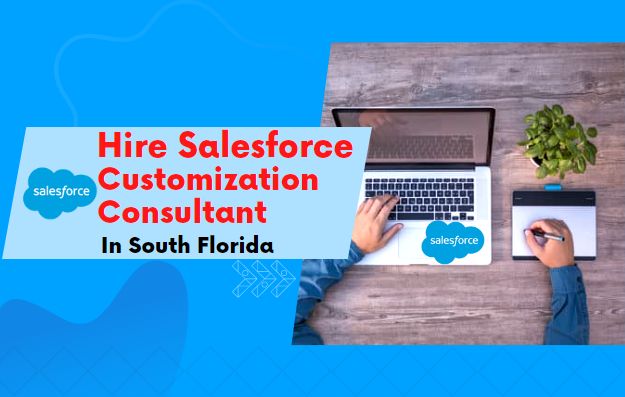Stages for Salesforce CPQ Implementation
Stage 1: Discovery
Before implementing CPQ, one must recognise that the solution they are attempting to create should convey everything about their customers. What does it entail?
Item Search: One progresses toward locating the correct items.
Analysis of Needs: The number of inquiries varies according to the needs of the clients.
Inquiries about the backend: Prerequisites concerning the clients' business
Stage 2: Configuration
Several components such as establishments, administrations, and other components that have the capacity to influence the record of the products are included in the given section. It's critical to remember one thing: don't forget to dump the trash! Furthermore, keep in mind the following critical points:
Customers should be barred from accessing ineligible options.
Complete understanding of the product's complexities
Before the products are approved, their processes and configurations must be double-checked.
Make the product's user interface more user-friendly.
Pay special attention to the development of configurators, particularly for products.
Stage 3: Delivery & Deployment
Take a look if you think the delivery process after CPQ implementation is simple! Many things may occur, such as the unexpected jumping of minor bugs at every stage, which cannot be avoided. Furthermore, a strong change management process leads to the delivery of a successful solution.
Furthermore, daily updates, tracking changes, and preparing a training programme for employees will be required to make the given complicated solution appear more proactive. Not to mention that the solution should be tested on a regular basis to ensure that it is working properly.
Brief Outline of Crucial CPQ Aspects
Before proceeding further for obtaining Salesforce consulting services for acquiring a perfect CPQ software, it is better to understand a few important and crucial steps:
Step 1: Outline objectives and collect vital data
Define Salesforce goals for your business as they will assist you in clearly devising a plan to carry on to a consumer strategy. Don't forget to collect all necessary information from sales reps; without it, all of your efforts to meet the needs of your customers will be futile.
Step 2: Get in acquittance with customer’s needs
Focus on assessing customers' needs based on a variety of parameters such as their purchasing habits, geo-location-based shopping, and most frequently purchased products. You should also concentrate on expediting the approval process.
Step 3: Develop a well-planned product vision
To gain customer trust, create a user-friendly product by visualising it beforehand. Create a proposal, sell products in the bundle, and offer a discrete selection of products to take advantage of it.
Step 4: Maintain consistency in product’s prices
Device pricing strategies that do not engender customer resentment. Consistency in factors associated with keeping the product's price constant is required. Make certain that pricing does not change frequently during customer interactions.
Step 5: Understanding your software is a must
Implementing CPQ software while knowing nothing about it is a risky endeavour. As a result, don't skimp on software customization and maintenance. Determine which existing features have solutions that must be implemented. If you decide to do extra development to save time and money, don't be afraid to seek advice from Salesforce experts.
Step 6: Define the selling procedure of the product
Determine which selling strategy you will employ in your product before venturing. It could be upselling or cross-selling, and you should use the best one to learn about the products that will pique the customers' interest. Furthermore, it is simple to modify the selling strategy based on the customer's responsibility.
Step 7: There must be complete automation of the operating procedure
The design of the CPQ automation must be given careful consideration. If done correctly, not only will there be few flaws, but you will also ensure successful sales with high revenue growth. Employees can save time by avoiding mundane tasks in addition to automating them.
Step 8: Do not neglect integration of systems
One reason for implementing Salesforce CPQ is to integrate both internal and external systems in order to provide them with all information necessary for the operation to run smoothly.
Step 9: Test, Test, and Test
You should prioritise testing because a bug-infested system will drive customers away from your services. As a result, continue to test the system on a regular basis to ensure its efficiency.
Step 10: Organise a training program for employees
No software will work to its full potential unless employees are unwilling to use it. Only when customers are aware of the given sales tool will it be found acceptable. Customers will receive better services if they use it correctly.
Keeping these steps in mind, it is possible to implement Salesforce CPQ most efficiently.
Reference - Salesforce CPQ Implementation Guide
Are you looking for expert salesforce consultants ?



Comments
Post a Comment